Link
This is my video demo for my project, it shows how the website function.
0 notes
Link
0 notes
Video
This is part of my project showing the city of Hong Kong with and without lights. The background music becomes different when it’s with and without light.
I used Adobe After Effects to draw it.
0 notes
Link
This is the time lapse link that I appreciate so much and it can clearly show that how Hong Kong is a heavily light polluted city, by the lights on buildings, neon light billboards and traffics, etc. Therefore, I added to the website.
0 notes
Photo
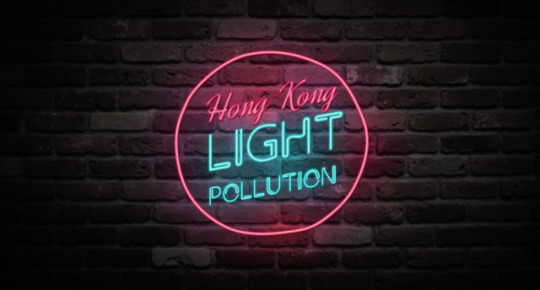
This is the background of my website, with the animated effects which looks like a neon light sign on the wall.
0 notes
Link
I think this link is quite useful for the audience to read on my website so I decided to add it to the website so that the project can be richer in content. It also makes more sound that proves the light pollution is really very severe in Hong Kong, providing the data and statistics.
0 notes
Link
To create those neon light signs and add some drawings of the neon lights with the Adobe After Effects, I have watched some tutorials teaching us how to create neon text. Using the same technique, I tried to create some logo and drawing the skyline of Hong Kong to show the lights along the Victoria Harbour with glowing effects.
0 notes
Text
Inspiration

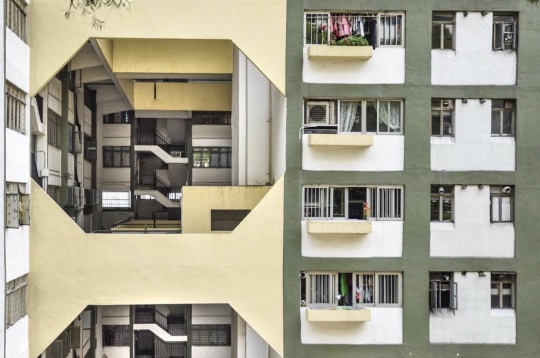
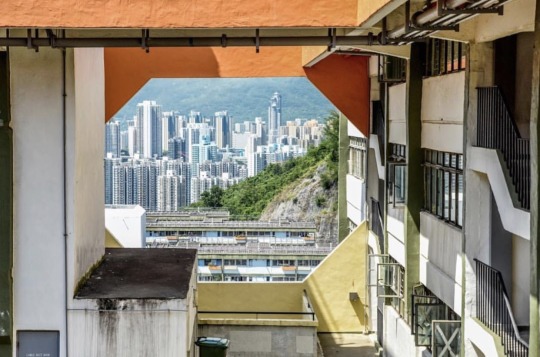
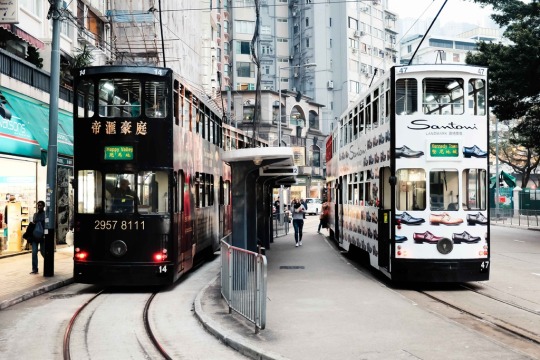

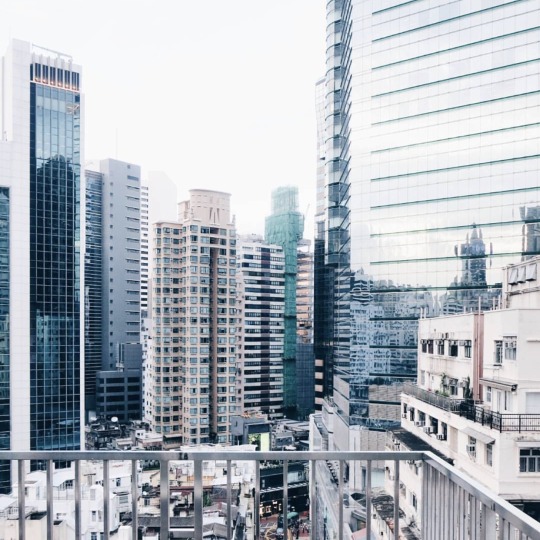

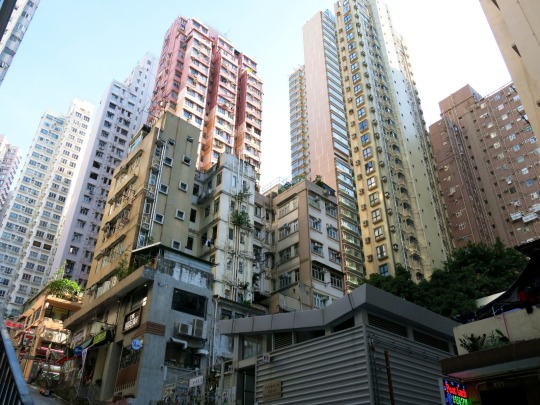
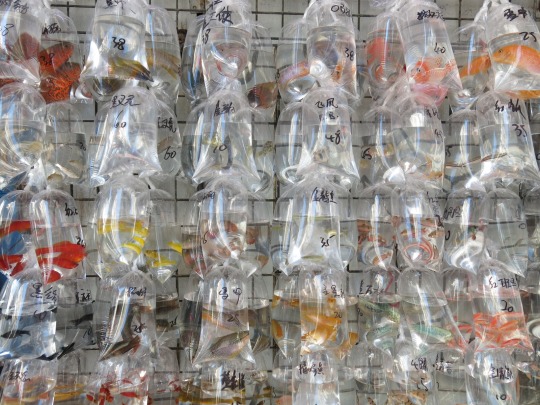



The photos above are the inspiration for my final project, looking at these photos I can think of the uniqueness of Hong Kong. While looking at the last three photos, I think that the neon light signs are quite attractive and can be used in the project. Neon light signs are quite popular in Hong Kong, almost every street in Hong Kong got billboards with neon lights as well. These neon lights provide colours to the city, but at the same time because of the long term neon lights on, it leads to the light pollution in Hong Kong getting more serious. This is a big issue that people should be aware of. I think that it is quite critical and quite controversial about the exist of the neon lights and lights all over the city.
0 notes
Link
This is the video that inspires me to do something about light pollution. It talks about how Hong Kong the city is polluted by the lights nowadays and how is it different from the past.
0 notes
Text
Beth Troakes
Lock In provides a platform for artists working in durational performance to open up a critical debate with their live and non-live audiences. It has recently found a permanent space and now also hosts socially engaged visual art exhibitions.
Lock In
When an arts professional explains they’ve programmed a performance artist to drink 400 shot glasses of salty milk in the same room as a freshly chopped pig’s head on a stake you can see why the public get a bit tetchy about Arts Council funding.
But Bethan Troakes, the curator behind the publicly-funded Lock-In at the Community Art Centre, is adamant that artistic practice and exclusivity, rather than accessibility, must sometimes be watchwords.
“I will be picking the pig’s head up from the butchers on Saturday before the performance. The smell makes up part of the environment that the audience experience as opposed to a work of art they might simply view.”
The idea might sound terrifying or disgusting at first but that is the point.
“This whole series is not about beauty. Certain elements are really sinister. A pig’s head on a stake is quite awful. People don’t generally want to be seeing things like that for a long time.”
She assures that the cut will be fresh from the butchers.
“Because it is fresh we didn’t have to get health and safety clearance.”
Challenging perceptions
One point is to challenge what people think.
“I don’t want people to just think, ‘Isn’t art lovely and pretty and isn’t it wonderful with a vase of flowers,’ or that there is not a shocking aspect. Because it is a long time you have to be with this thing.”
The head is part of Julieann O’Malley’s show, Salty Milk: Violation Of Expectation, which is one of three two-hour shows at the not-for-profit gallery’s first collection of durational performance art.
The idea behind the durational art is to slow down the making and watching of art. It can be mentally or physically challenging for both parties and a sense of endurance is fundamental.
“It’s about taking time to see something. I don’t want to shock people and make them move on, so they see a spectacle and say, ‘Ooh or wow’, then leave.
“You have to spend a long time with something, go through the motions, so you initially find it shocking then after a long time it almost becomes an abstraction and you think, ‘Why was that so shocking?’ “The more you look at it, the more it changes. I want to get past the spectacle side of performance art.”
Performance art must be experienced in the present: it happens then disappears. The artist must be on site, in view, and leave no product behind.
Lock In is thus durational performance art. Its title is to emphasize that it is for a small, exclusive audience (though anyone can register and it is free) of only 30 people.
“There is not access to everything, which might be a controversial thing to say to people these days, but it is important.
“We are given so much choice as individuals. We can demand access to things. We think we have all choices and worlds open to us, so it is rare to get things taken away, such as access to knowledge. You are not allowed to know this unless you are there.”
Troakes, who recently graduated with a Masters in art history from the University of Sussex, cannot forget the let-down of seeing a photo of her favorite performance art.
“The idea came from that – how can I get around putting on performances that can make an impact in art history without having photographs made of them?
“So I had this idea of a lock-in, where a small audience would be aware it was happening but unless you were in the audience, you would have no visual access to the piece.
“By taking it away it becomes more inscribed in people’s minds because they cannot see it and they really want to know what is going on.
“It goes against the idea that we can get access to whatever we want because of the media.”
O’Malley was nominated for the Liverpool Art Prize in 2012 and shortlisted again this year.
She intends to shave the pig’s head in the space, which will be turned into a kitchen.
“It’s referring to a woman’s place in a kitchen but gone completely mad. She will be very calm but you will think this is a world gone completely mad by a woman confined by her labels.”
This fits with Troakes’ hopes to make a point about “the importance of the body as a material and confronting issues of confinement”.
Duncan Ward and Paula Davy are the other artists in a series tied together by the confined space in which they work.
In Old Tricks, Ward slowly builds a new world using soap, soil, and wine.
“Confinement means nothing more than the opportunity to build within that constricted space an ideal world of his own.”
Davy, who is hearing impaired, will be blindfolded for Jigsaw Of The Queen Part 1, as she attempts to complete a jigsaw of the queen with the help of the audience.
“We are slowing down the consuming of images and art,” adds Troakes, who is excited to see how the audience reacts, whether they help, talk or try to leave.
“You rarely get a chance to sit in front of the painting for two hours.”
0 notes
Text
Experiment for the project


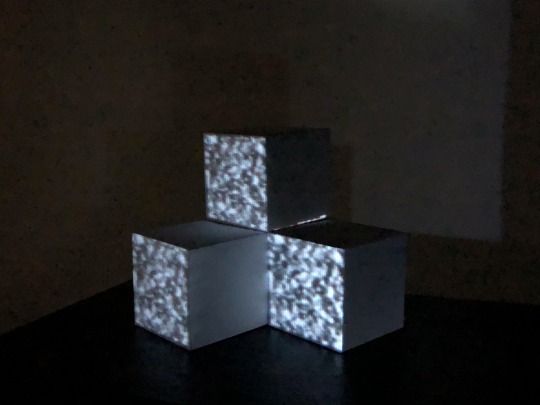
At the first stage, for the actual project, I have bought some white cardboards to make the models of the buildings, so that I can use the projector to make the light projection installation in the studio. I have booked the studio in the media lab to try how will the actual situation be in the studio, in order to have more improvements, I booked several times to make sure the installation is the best one and the one more stick to what I would like to present in the installation.
At the final stage, I had decided to change my mind. I’m more interested in video mapping and some animation to be added to a website, instead of having the light projection. I have made use of the Adobe After Effects, Premiere and Muse to create the effects, videos and the website.
0 notes
Link
Learning how to produce the prototype of the project of projection mapping. This clip is looking at replicating the thing we are projecting on to in 3D software. This video allows me to understand the technique of the software and get some precise projection mapping on my project. I think that looking at these kinds of tutorial video helps me in being more familiar with the software and so as to apply the techniques to my own project smoothly.
Projection mapping, also known as video mapping and spatial augmented reality, is a projection technology used to turn objects, often irregularly shaped, into a display surface for video projection. These objects may be complex industrial landscapes, such as buildings, small indoor objects or theatrical stages. By using specialized software, a two- or three-dimensional object is spatially mapped on the virtual program which mimics the real environment it is to be projected on. The software can interact with a projector to fit any desired image onto the surface of that object. This technique is used by artists and advertisers alike who can add extra dimensions, optical illusions, and notions of movement onto previously static objects. The video is commonly combined with, or triggered by, audio to create an audio-visual narrative.
0 notes
Link
Research on Kyle McDonald
Artist Kyle McDonald builds a video mirror with a thousand faces
Artist Kyle McDonald has done a lot of pieces that play with how technology can track and connect people in ways that they might never realize. Sometimes, these are meant to be unsettling: Conversnitch put secret microphones in public places and transcribed the conversations they captured to Twitter, and People Staring at Computers brought him scrutiny from the Secret Service. But others are serendipitous and delightful: working for Spotify, he created a map (which is in fact known as Serendipity) where visitors can see when any two users start playing the same song at the exact same time.
In 2013, McDonald was commissioned to create an art installation in Korea. His project, Sharing Faces, placed mirror-like screens in the Korean city of Anyang and in Yamaguchi, Japan. When a visitor looked into it, they would see someone else’s face — placed and posed like their own. When they moved, the screen would cycle through images and find one matching the new pose, creating the impression of a morphing person following your every move. The images came from other visitors to the installations, whose pictures were captured while they stared at the images. Every time you watched other people match the way you moved, you were creating material for some future visitor to see.
The technical details of its face capture and tracking are on Github, and they help illuminate the project a bit. Conceptually, though, it’s a neat and elegant idea, a mirror that shows you other people’s faces — McDonald suggested the collaboration with Japanese artists because of the ongoing cultural and political tension between the two countries. The installation has since come down, but the video above gives you an idea of what it’s like to.
Kyle McDonald is an artist working with code. He is a contributor to open source arts-engineering toolkits like open frameworks, and builds tools that allow artists to use new algorithms in creative ways. He has a habit of sharing ideas and projects in public before they’re completed. He creatively subverts networked communication and computation, explores glitch and systemic bias, and extend these concepts to reversal of everything from identity to relationships. Kyle has been an adjunct professor at NYU’s ITP, and a member of F.A.T. Lab, community manager for openFrameworks, and artist in residence at STUDIO for Creative Inquiry at Carnegie Mellon, as well as YCAM in Japan. His work is commissioned by and shown at exhibitions and festivals around the world, including: NTT ICC, Ars Electronica, Sonar/OFFF, Eyebeam, Anyang Public Art Project, Cinekid, CLICK Festival, NODE Festival, and many others. He frequently leads workshops exploring computer vision and interaction.
0 notes
Text
Ann Charles
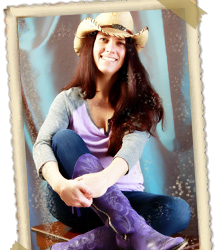
Ann Charles is a USA Today Bestselling author who writes award-winning mysteries that are splashed with humor, romance, paranormal, and whatever else sounds like fun. She is a member of Sisters in Crime and Romance Writers of America and has a B.A. in English with emphasis on creative writing from the University of Washington.
Ann lives in the beautiful Northern Arizona mountains with her clever husband, charming kids, and an incredibly sassy cat. After many years and several colleges, she managed to obtain her Bachelor’s Degree in English with an emphasis on creative writing from the University of Washington.
Her books are mixed-genre mysteries full of mayhem and fun, romance and comedy, and whatever else feels right. Sisters in Crime was kind enough to let her join their membership years ago. In addition, she’s been a member of Romance Writers of America for so many moons that she’s lost count.
Ann has written a bunch of contemporary, award-winning novels in multiple series full of quirky characters with whom she loves to spend time as much as reality allows. Right now, while you’re reading this, she’s probably frolicking around in another story.
While her reading preferences range from adventure to horror to mystery, ever since she tried on her first training bra, she has loved a good mix of romance, too.
When she’s not dabbling in fiction, she’s penning writing-themed articles or standing on her workshop soapbox, sharing what she has learned over the years about the writing craft and self-promotion.
0 notes
Link
Affect & Introduction to Prototyping
Professor Rosalind W. Picard, ScD is founder and director of the Affective Computing research group at the MIT Media Lab, co-director of the Things That Think consortium, and leader of the new and growing Autism & Communication Technology Initiative at MIT. In April 2009 she co-founded Affectiva, Inc., where she serves as chairman and chief scientist. Picard holds a bachelor’s degree in electrical engineering with highest honors from the Georgia Institute of Technology, and master’s and doctoral degrees, both in electrical engineering and computer science, from MIT. Prior to completing her doctorate at MIT, she was a member of the technical staff at AT&T Bell Laboratories. In 1991 she joined the MIT Media Lab faculty, where she became internationally known for content-based retrieval research, for creating new tools such as the Photobook system, and for pioneering methods of automated search and annotation in digital video. She is the author of the award-winning book Affective Computing, which was instrumental in starting a new field by that name. She has authored 200 scientific articles and chapters and also holds multiple patents. In 2005, she was honored as a Fellow of the IEEE.
Prototyping Introduction
Why use paper prototyping and Simulated Experience prototyping? Programming, customizing templates, even the creation of mock-ups in programs such as Photoshop can easily become time-consuming processes. Prototyping should save you time and act as a communication device.
Coding: In software development an often overlooked challenge is the fact that it often takes just as long, or longer, to test and debug a program as it takes to write the initial code. Each time something is added to or changed in the code, the project needs to be re-tested. Every change introduces new possibilities for bugs. To simplify the process of making an interactive piece, we need to test our interaction as much as possible before we start to write code, and spend as little time changing the code as possible.
Screen-based work: Prototyping allows us to test our ideas before we start developing. The method of paper prototyping allows developers to draw rough versions of their screens and the elements that will change on the screen, and move them around in real time while a “user” tries out the project. This allows the developer/author to see what the users/audience may do with their piece long before it is completed. If the audience isn’t interacting as you expect, it give you a chance to change the interface or underlying interaction without having to rewrite any code. When your audience responds as you want, you know exactly how many elements or “assets” such as backgrounds, pointers, graphs, etc., need to be created, and how many interactive segments need to be developed.
0 notes
Text
Mary-Alice Thompson

Mary-Alice Thompson is a motion graphic designer based in Brighton, Working with Cinema 4D, Houdini and After Effects rendering with Redshift and Cycles4D, I'm currently expanding my skills in Unity/Unreal, VR, and 360 videos.
Test projects go here - https://www.instagram.com/maryalicee/
She has created film posters, trailers, digital ads and DVD packaging for some of the biggest brands in entertainment: Universal, Sony, Lionsgate, and DreamWorks.
She has worked nationally and internationally, my freelance clients have included Buzzfeed, Red Bull, Koch Media, Twenty Something, Press Play, Converse, Noisey (Vice), Mondo Recordings, Flames & Fortune, Carsick Pictures, The Sussex Academy of Music and Beyond.
Her work has also been published in Rock Sound, Suitcase, Noisey, NME and Time Out magazines as well as across the web and featured on sites such as Creative Pool and various online blogs.
Mary-Alice - Projects
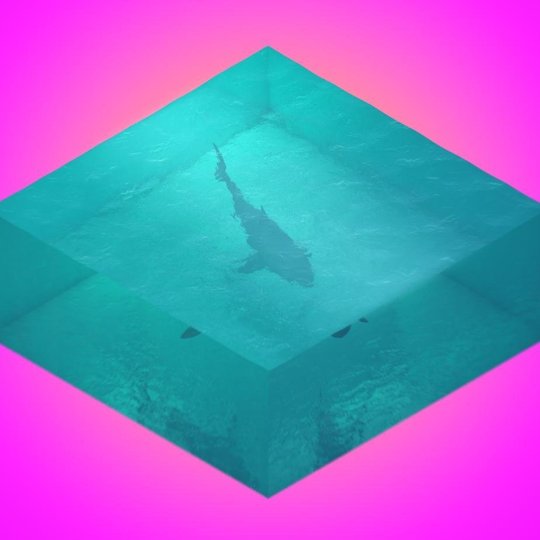
0 notes
Link
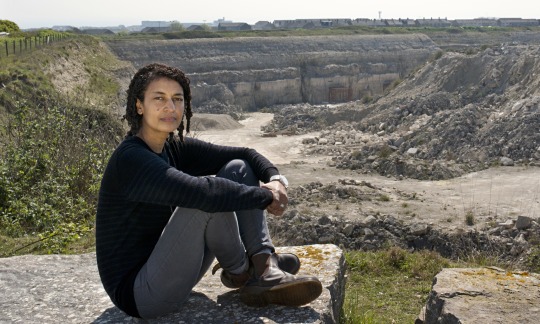
Katrina Palmer is an artist who was born in 1967. Katrina Palmer has had several gallery and museum exhibitions, including at the Tate Britain and at the Temple Bar Gallery + Studios. There have been many articles about Katrina Palmer, including 'Rijksmuseum Removes Offensive Artwork Titles, Art in General Relocates, and More' written by Alanna Martinez for Observer in 2015.
Katrina Palmer: The Time Travelling Circus - The Recent Return of Pablo Fanque and the Electrolier
Temple Bar Gallery + Studios is pleased to present new work by British artist Katrina Palmer. Palmer uses words as a sculptural form, exploring sensuous objects, absences, and material uncertainties, through storytelling. Elaborated audio environments, found objects and publications are employed to create narrative situations in which the viewer can experience her work. Foregrounding words, Palmer often invites the audience to imagine items that are indicated, but not fully present.
This exhibition is Palmer’s first in Dublin and is developed from a story she published in Essays on Sculpture, Number 78 (Henry Moore Institute, 2017). The narrative is extended in a single copy of a dossier that is currently installed on the ‘recently returned’ shelf of the Brotherton Library at Leeds University, to coincide with this exhibition. For the iteration of the work at Temple Bar Gallery, Palmer employs a vast architectural floor plan alongside audio tracks that feature a field recording of the ‘silent’ reading room, overlaid with colliding voices and circus tunes, plus music sampled from Karl Blake of The Shock Headed Peters and from Tom James Parmiter. The gallery becomes an immersive space, in which the viewer can experience the Time-Travelling Circus that in a parallel reality has its ring in the circular reading room of the Brotherton Library.
Katrina Palmer: The three stories are flattered
For her first exhibition in Ireland, sculptor Katrina Palmer presents ‘The three stories are flattened’. Palmer is an artist who is changing our understanding of sculpture. For her, writing is making, and sculpture is a process of investigation employing language and story. Books are central to her practice –The Dark Object (2010), The Fabricator’s Tale (2014), End Matter (2015)– and the worlds she creates on the page are often revisited in her exhibitions through live readings, site-specific recordings, and constructed environments.
Within her exhibitions, Palmer employs installed audio recordings using her own voice, images and found objects. Visceral, violent, sensual, humorous and melodramatic, Palmer’s narratives collide in fiction, history and every day to construct unsettling environments that examine bodily presence, absences, memorial, and death. Her dematerialized worlds blur fact and fiction, conjuring associations in the minds of her readers, listeners, and viewers that take on an almost material form. For her exhibition with Void, Palmer will exhibit ‘Reality Flickers’, ‘The Fabricator’s Tale’ (Blood- Bespattered Table) and ‘Now Landscape’ a new work produced specifically for Void.
Katrina Palmer: The Necropolitan Line
From December to February our galleries are filled with stories, as British artist Katrina Palmer (b. 1967) develops a new work in her first institutional commission.
Palmer presents writing and amplified sound as sculpture, working with fragmented narratives to evoke physical and psychological human interactions with objects. Her narratives take the form of books, her exhibitions fill buildings with sound, performances and readings, and in both the city and landscape she creates site-specific walks that are guided by audio tracks. With an approach rooted in research, Palmer explores real and imagined sites, her stories weaving together fact and fiction.
The starting points for Palmer's exhibition at the Henry Moore Institute are the Cross Bones Graveyard in Borough and the London Necropolis Railway, which once linked Waterloo rail station to Brookwood Cemetery, Western Europe's largest necropolis. The former was a medieval unconsecrated burial ground for women that closed in 1853, by which time it had become a paupers' graveyard and had far exceeded its capacity. The latter was established in 1854 as a solution to the poor conditions and overcrowding of the capital's cemeteries, such as seen at Cross Bones and remained in use until 1941.
In The Necropolitan Line, the Henry Moore Institute's galleries undergo their most radical architectural intervention to date. A railway platform runs right through the galleries, and the surrounding dimly lit spaces are filled with fragmented chronicles. Like all platforms, this is a site for departures, beginnings, and endings that draw on stories of romantic goodbyes and abandonment, as well as expectation and anticipation. The Necropolitan Line offers a promise of a journey that unravels themes of death and decay, the body and the dispersal of matter. Traditionally sculpture is associated with material occupying space: here the logic is inverted. Palmer's sculpture, in contrast, is a study of absence and negative space.
Katrina Palmer: End Matter
Portland has been shaped and hollowed out over centuries by convicts and quarrymen to provide stone for some of London’s best-known buildings, for example, one million square feet of Portland stone is said to have been quarried for St Paul’s Cathedral. Artist Katrina Palmer has undertaken her own excavations into this elemental island, marked by unsettling absences, deviant goings-on and a writer who has gone missing.
0 notes